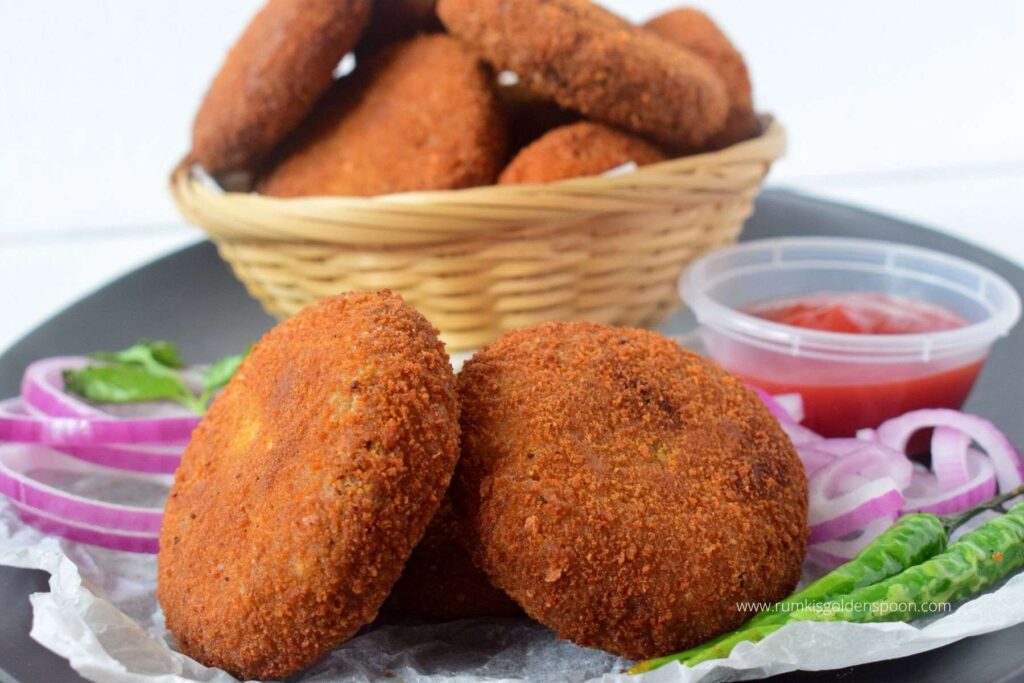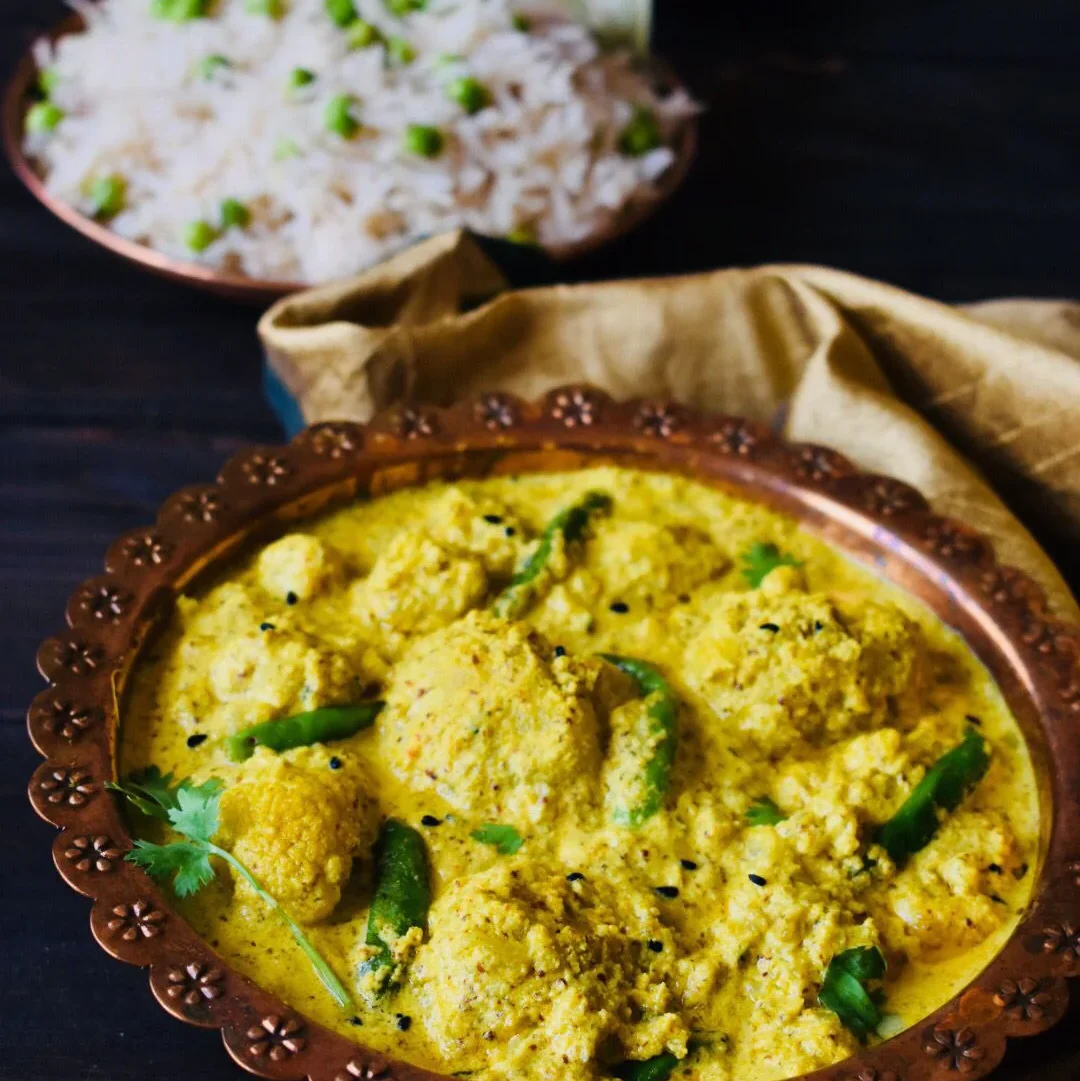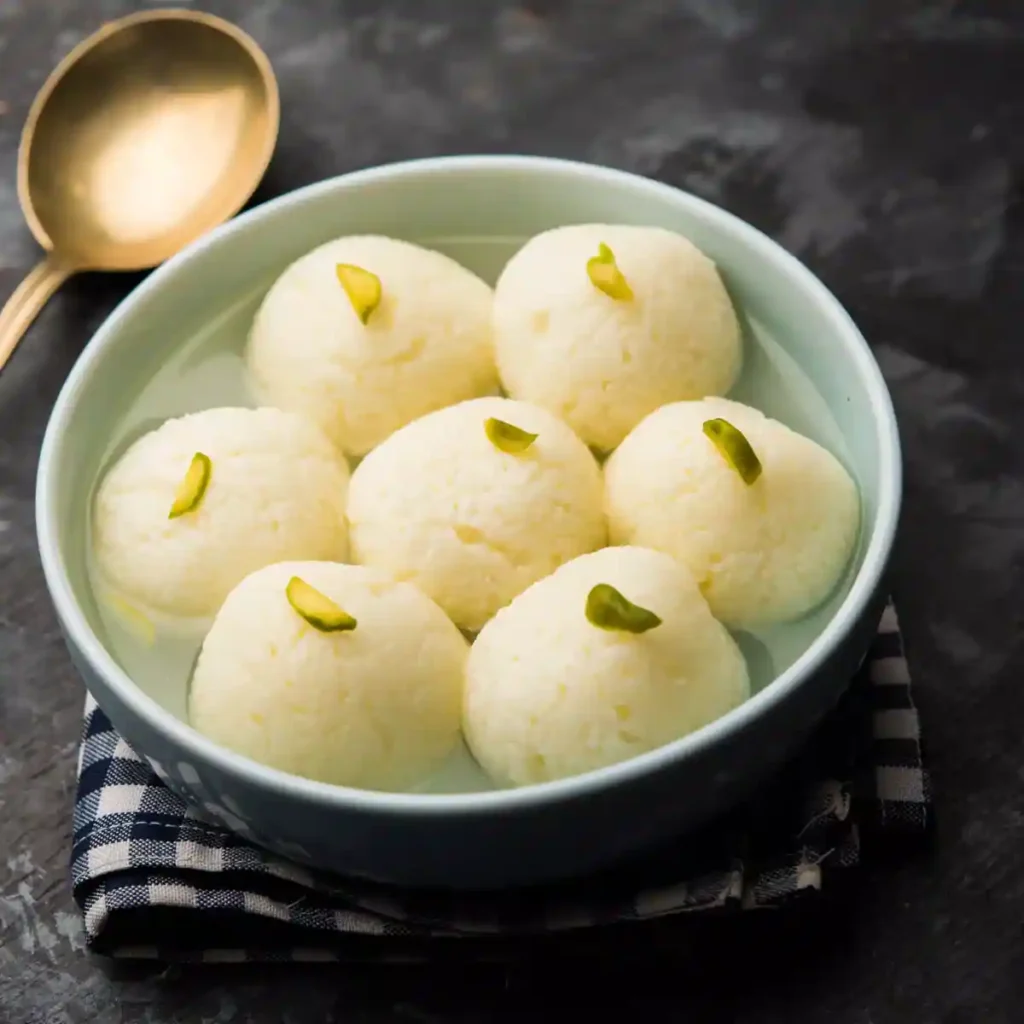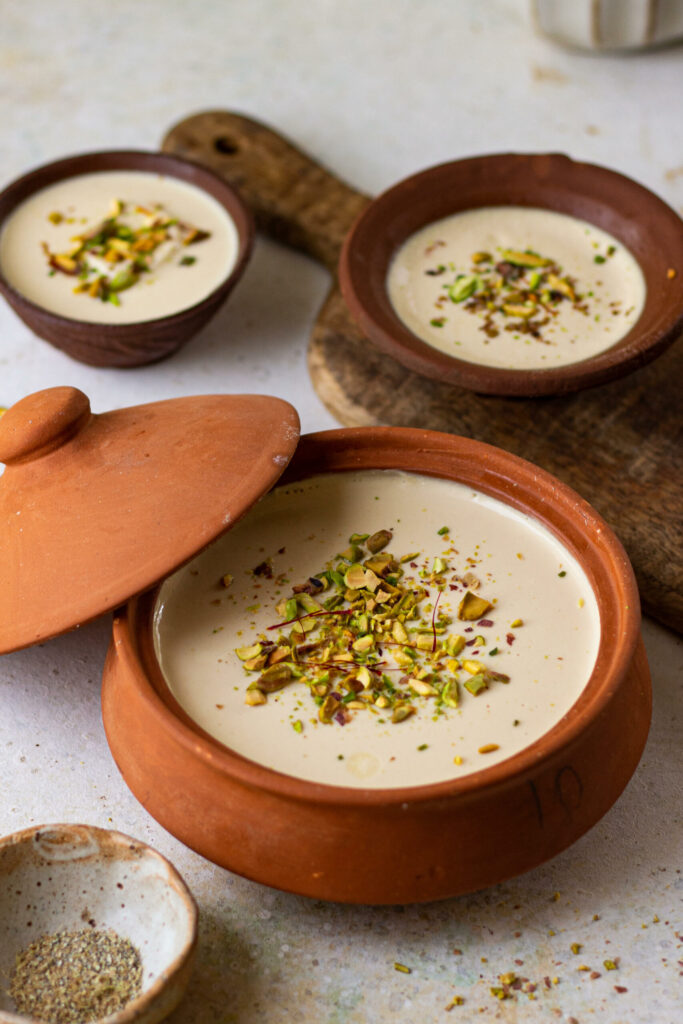By: Dr. Kaviraj Khialani- Celebrity Master Chef.
Introduction to West Bengal
West Bengal is a state located in the eastern part of India. It is known for its rich cultural heritage, diverse geography, and historical significance. The state’s capital and largest city is Kolkata, which was once the capital of British India. West Bengal is famous for its literature, art, and cuisine, with a strong influence of Bengali culture.
The state is home to the Sundarbans, a mangrove forest and a UNESCO World Heritage Site, known for its Royal Bengal tigers. West Bengal is also known for its festivals, particularly Durga Puja, which is celebrated with great enthusiasm. It is one of India’s most populous and vibrant states, with a unique blend of tradition and modernity.
Popular ingredients used in cooking of Bengal
- Mustard Seeds: Mustard seeds are a quintessential ingredient in Bengali cuisine, used for tempering and making mustard oil; they add a distinct sharp and pungent flavor to dishes like fish curry.
- Fish: Being a coastal region, fish, especially hilsa and rohu, is a staple in Bengali cooking, prepared in various delectable ways.
- Rice: Rice is the primary staple, and Bengalis are known for their love of fragrant, long-grain rice, often served with a variety of side dishes.
- Turmeric: Turmeric is used in abundance, lending a vibrant yellow hue to curries and rice, and it is prized for its medicinal properties.
- Panch Phoron: This spice blend comprises five whole spices, including fenugreek and cumin seeds, and is used for tempering Bengali dishes, imparting a unique flavor and aroma.
- Coconut: Coconut is used in both grated and milk forms to add a rich and creamy texture to curries and sweets, such as chingri malai curry and narkel sandesh.
- Ghee: Clarified butter is used to enhance the flavor of various sweets and savory dishes, like moong dal khichdi and various Bengali sweets.
- Mustard Oil: Mustard oil is the preferred cooking medium, adding a distinctive flavor and aroma to many Bengali dishes, including fried fish.
- Green Chilies: Green chilies are a common ingredient, used for heat and flavor, especially in popular side dishes like aloo posto (potato with poppy seeds).
- Sugar: Bengali sweets are renowned for their use of sugar, creating delectable desserts like rasgulla and sandesh that are enjoyed across India.
Importance of fish and seafood in Bengali cuisine
Fish and seafood are central to Bengali cuisine due to their cultural significance, availability from the region’s water resources, nutritional value, and unique Flavors. They are essential for traditional dishes,nutritional benefits, and social bonding, making them a cornerstone of Bengali cooking.
Some popular spice mixes or blends which are used in Bengali foods.
Panch Phoron: This blend consists of five whole spices: fenugreek seeds, cumin seeds, black mustard seeds, fennel seeds, and nigella seeds. It’s commonly used for tempering and adding a unique flavor to various dishes.
Bengali Garam Masala: This spice mix typically includes cinnamon, cardamom, cloves, and sometimes bay leaves. It’s used to add warmth and depth to curries and rice dishes.
Bhaja Masala: A roasted spice blend, often made with cumin seeds, coriander seeds, and red chilies. It’s used to season fried or roasted snacks like Alu Bhaja (fried potatoes) and begun bhaja (fried eggplants).
Kalo Jeera (Black Cumin) Powder: Ground black cumin seeds are used as a spice to enhance the flavor of various dishes, especially lentils and vegetable preparations.
Radhuni: This spice, similar to celery seeds, is used in pickles and lentil dishes, imparting a distinct flavor.
Kancha Lonka Bata: A paste made from fresh green chilies is used to add a fiery kick to dishes, particularly fish curries.
What are the foods which are cooked on day to day basis in a Bengali home ?
Rice: Rice is a staple and is often served as the main carbohydrate source with almost every meal.
Fish Curry: Fish is a daily protein source, and it’s typically prepared in a curry, such as “Maacher Jhol” (fish curry) with mustard oil and spices.
Dal (Lentils): Different types of lentils, like masoor dal and moong dal, are cooked and seasoned with spices.
Subzi (Vegetable Dishes): Bengali cuisine features a wide array of vegetable preparations, often using seasonal vegetables, and seasoned with spices like panch phoron.
Bhaja (Fried Dishes): Vegetables such as potatoes and eggplants are commonly fried and seasoned with spices to make dishes like “Alu Bhaja” and “Begun Bhaja.”
Bhate (Mashed Vegetables): Mashed vegetables like “Aloo Bhaate” (mashed potatoes) or “Shorshe Bata Diye Bhate” (mashed vegetables with mustard paste) are common. Chutney: Various chutneys, like “Aamer Chutney” (mango chutney) or “Tomato Khejur Aamsatto” (date and mango chutney), are served as condiments.
Raita: A cooling yogurt-based side dish, often flavored with spices, like “Cucumber Raita.”
Papad: Papads or crispy lentil wafers are served as accompaniments.
Bengali Sweets: Bengali meals often conclude with a sweet treat like “Rasgulla” or “Sandesh.”
Luchi/Paratha: Fried bread (luchi) or flatbreads (paratha) are sometimes included in the meal.
Mustard Fish: “Shorshe Ilish” (Hilsa fish in mustard sauce) is a delicacy and is often enjoyed when in season.
Egg Curry: Egg curry, prepared with hard-boiled eggs, is a quick and delicious option.
Dahi (Yogurt): Plain yogurt is a common side dish or used in various preparations.
Some dishes which are must for a celebration or a Bengali wedding
Here’s a selection of dishes that are must-haves for a Bengali celebration or wedding. I’ll provide recipes for each dish along with the ingredients and a step-by-step method.
Veg Starter: Mochar Chop (Banana Flower Cutlets)

Ingredients:
- 1 cup finely chopped banana flowers (mochar gath)
- 2 boiled and mashed potatoes
- 1/2 cup gram flour (besan)
- 1/2 teaspoon cumin powder
- 1/2 teaspoon coriander powder
- 1/2 teaspoon red chili powder
- Salt to taste
- Oil for frying
Method:
- Boil the chopped banana flowers in salted water until tender, then drain and squeeze out excess water.
- Mix the boiled banana flowers, mashed potatoes, gram flour, cumin powder, coriander powder, red chili powder, and salt to form a dough.
- Shape the mixture into small cutlets.
- Heat oil in a pan and fry the cutlets until golden brown.
- Serve hot with chutney.
Non-Veg Starter: Fish Fry

Ingredients:
- 500g fish fillets (preferably Rohu or Katla)
- 2 teaspoons red chili powder
- 1 teaspoon turmeric powder
- Salt to taste
- Mustard oil for frying
Method:
- Marinate the fish fillets with red chili powder, turmeric, and salt for 30 minutes.
- Heat mustard oil in a pan and fry the fish fillets until they are crisp and golden on both sides.
- Serve hot with mustard sauce.
Main Course (Fish): Machar Jhol (Fish Curry)
Ingredients:
- 500g fish pieces (Rohu or Katla)
- 1 large potato, cut into thick slices
- 2 tablespoons mustard oil
- 1/2 teaspoon turmeric powder
- 1 teaspoon red chili powder
- 1 teaspoon cumin powder
- 1 teaspoon coriander powder
- Salt to taste
- Water
- 1 green chili, slit
- Chopped cilantro for garnish
Method:
- Marinate the fish pieces with turmeric, red chili, cumin, coriander, and salt.
- Heat mustard oil in a pan, add the potatoes, and fry until golden. Remove and set aside.
- In the same oil, add green chili and the marinated fish. Fry until the fish changes colour.
- Add water and bring to a boil. Simmer until the fish is cooked and the gravy thickens.
- Garnish with cilantro and serve with steamed rice.
Main Course (Chicken/Meat): Kosha Mangsho (Spicy Bengali Mutton Curry)
Ingredients:
- 500g mutton pieces
- 2 large onions, finely sliced
- 2 teaspoons ginger-garlic paste
- 2 teaspoons cumin powder
- 2 teaspoons coriander powder
- 1 teaspoon turmeric powder
- 2 teaspoons red chili powder
- Salt to taste
- Mustard oil
- 2-3 green chilies
- Ghee (clarified butter)
Method:
- Marinate the mutton with ginger-garlic paste, cumin, coriander, turmeric, red chili, and salt. Let it sit for at least an hour.
- Heat mustard oil in a heavy-bottomed pan, add sliced onions, and fry until brown.
- Add marinated mutton and cook until it changes color.
- Add water and cook until the mutton is tender and the gravy thickens.
- Add ghee and green chilies, and serve with steamed rice or luchi.
Veg Main Course: Shorshe Phoolkopi (Cauliflower in Mustard Sauce)

Ingredients:
- 1 cauliflower, cut into florets
- 2 tablespoons mustard paste
- 1/2 teaspoon turmeric powder
- 2 green chilies
- Mustard oil
- Salt to taste
Method:
- Steam or blanch the cauliflower florets until they are just tender.
- Heat mustard oil in a pan, add green chilies and mustard paste. Fry for a minute.
- Add turmeric, salt, and cauliflower. Cook for a few minutes.
- Serve with rice.
Veg Side Dish 1: Aloo Posto (Potatoes in Poppy Seed Paste)
Ingredients:
- 4-5 potatoes, cut into cubes
- 2 tablespoons poppy seeds
- 2-3 green chilies
- 1/2 teaspoon turmeric powder
- Mustard oil
- Salt to taste
Method:
- Grind poppy seeds and green chilies into a fine paste.
- Heat mustard oil in a pan, add potatoes, and fry until golden.
- Add turmeric, salt, and the poppy seed paste.
- Cook until the potatoes are soft and the poppy seed paste thickens.
Veg Side Dish 2: Chingri Macher Malaikari (Prawn Coconut Curry)
Ingredients:
- 250g prawns
- 1/2 cup grated coconut
- 1/2 teaspoon turmeric powder
- 1 teaspoon red chili powder
- Mustard oil
- Salt to taste
Method:
- Clean and devein the prawns.
- Heat mustard oil in a pan, add turmeric and red chili powder.
- Add prawns and cook until they turn pink.
- Add grated coconut and cook for a few minutes.
- Serve with steamed rice.
Dessert 1: Rasgulla

Ingredients:
- 1 liter milk
- 2-3 tablespoons lemon juice or vinegar
- 1 cup sugar
- 4-5 cups water
- A pinch of cardamom powder
Method:
- Boil milk, add lemon juice or vinegar to curdle it, and strain the chenna (cottage cheese).
- Knead the chenna until it’s smooth, then shape it into small balls.
- In a separate pan, make sugar syrup by dissolving sugar in water.
- Place the chenna balls in the syrup and simmer for about 20 minutes.
- Let them cool, and serve.
Dessert 2: Mishti Doi (Sweet Yogurt)

Ingredients:
- 1 liter milk
- 4-5 tablespoons sugar
- 1-2 tablespoons yogurt (as a starter)
Method:
- Boil the milk until it thickens.
- Add sugar and stir until it dissolves.
- Let it cool to lukewarm and add yogurt as a starter.
- Keep it in a warm place for fermentation.
- Once set, refrigerate and serve chilled.
Conclusion
Bengali cuisine is a treasure trove of diverse and delectable dishes that cater to a wide range of tastes and preferences. Whether it’s the must- have dishes for a celebration or everyday meals, Bengali food is known for its rich flavors, aromatic spices, and a harmonious blend of vegetarian and non-vegetarian options. From the vibrant and spicy
starters to the soul-satisfying main courses, and the sweet endings with irresistible desserts, Bengali cuisine offers a culinary journey that is both culturally significant and exceptionally delicious. It’s a testament to the rich cultural heritage and culinary artistry of West Bengal, and an experience to savor and cherish.


